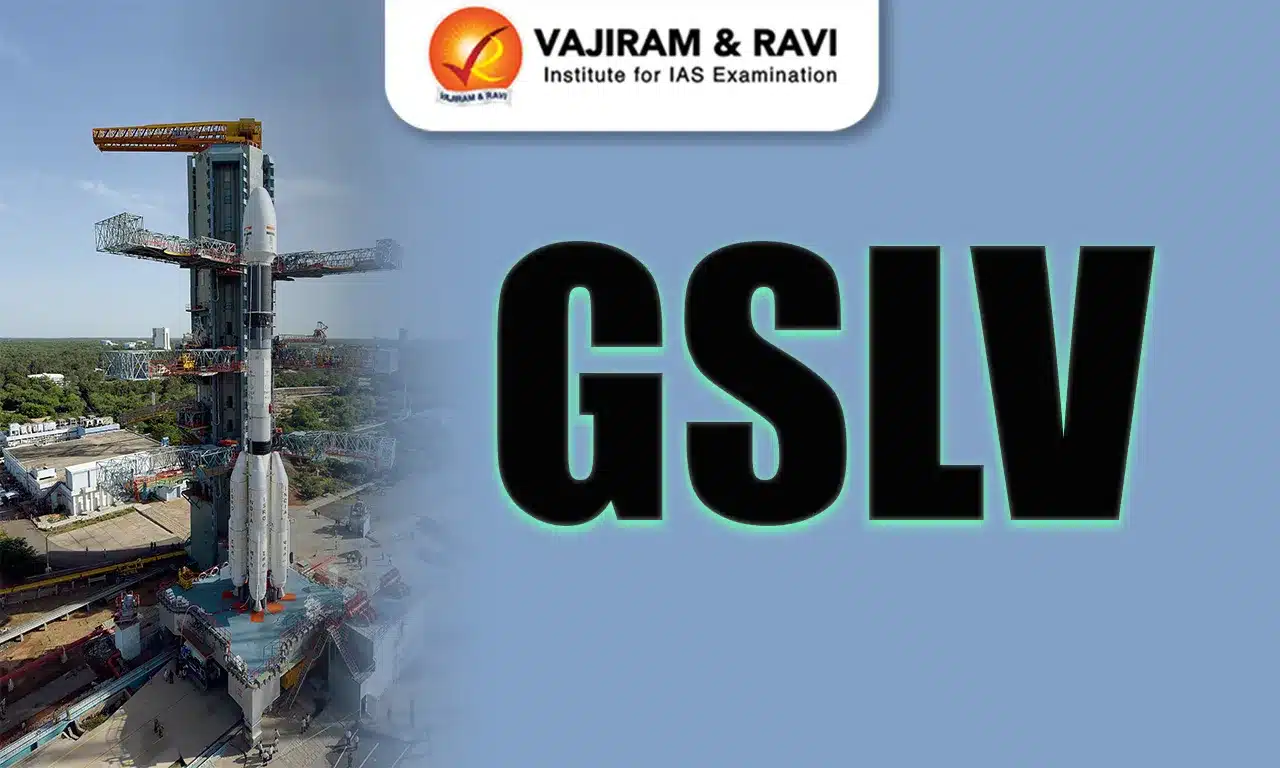About World Bank Migration and Development Brief
- It is prepared by the Migration and Remittances Unit, Development Economics (DEC), the premier research and data arm of the World Bank.
- The brief is produced twice a year.
- The brief aims to provide an update on key developments in the area of migration and remittance flows and related policies over the past six months.
- It also provides medium-term projections of remittance flows to developing countries.
- It also presents recent developments on the Global Compact on Migration (GCM).
- A special topic is included in each brief.
Key highlights of the recent report
- The top five remittance recipient countries in 2023 are India ($125 billion), Mexico ($67 billion), China ($50 billion), the Philippines ($40 billion), and Egypt ($24 billion).
- The United States continued to be the largest source of remittances.
- Remittances to low- and middle-income countries (LMICs) grew by an estimated 3.8 per cent in 2023, reaching a total of USD 669 billion.
- Resilient labour markets in advanced economies and Gulf Cooperation Council (GCC) countries played a pivotal role in supporting migrants’ ability to send money home.
- The Middle East and North Africa saw a decline in remittance flows for the second consecutive year, mainly driven by a sharp drop in flows to Egypt.
- Remittance flows to Europe and Central Asia also decreased by 1.4 percent after a significant gain in 2022.
- The report suggests a potential risk of a decline in real income for migrants in 2024 due to global inflation and low growth prospects.
- A special section of the report emphasizes the potential of leveraging remittances for development finance, particularly through diaspora bonds. The report says diaspora bonds can be structured to tap into diaspora savings held in foreign destinations, providing a stable source of funds.
Q1) What is the Global Compact on Migration (GCM)?
The Global Compact for Migration is the first-ever UN global agreement on a common approach to international migration in all its dimensions. The global compact is non-legally binding. It is grounded in values of state sovereignty, responsibility-sharing, non-discrimination, and human rights, and recognizes that a cooperative approach is needed to optimize the overall benefits of migration, while addressing its risks and challenges for individuals and communities in countries of origin, transit and destination.
Source: With $125 billion, India leads global remittance charts in 2023: World Bank report
Last updated on July, 2025
→ UPSC Notification 2025 was released on 22nd January 2025.
→ UPSC Prelims Result 2025 is out now for the CSE held on 25 May 2025.
→ UPSC Prelims Question Paper 2025 and Unofficial Prelims Answer Key 2025 are available now.
→ UPSC Calendar 2026 is released on 15th May, 2025.
→ The UPSC Vacancy 2025 were released 1129, out of which 979 were for UPSC CSE and remaining 150 are for UPSC IFoS.
→ UPSC Mains 2025 will be conducted on 22nd August 2025.
→ UPSC Prelims 2026 will be conducted on 24th May, 2026 & UPSC Mains 2026 will be conducted on 21st August 2026.
→ The UPSC Selection Process is of 3 stages-Prelims, Mains and Interview.
→ UPSC Result 2024 is released with latest UPSC Marksheet 2024. Check Now!
→ UPSC Toppers List 2024 is released now. Shakti Dubey is UPSC AIR 1 2024 Topper.
→ Also check Best IAS Coaching in Delhi















